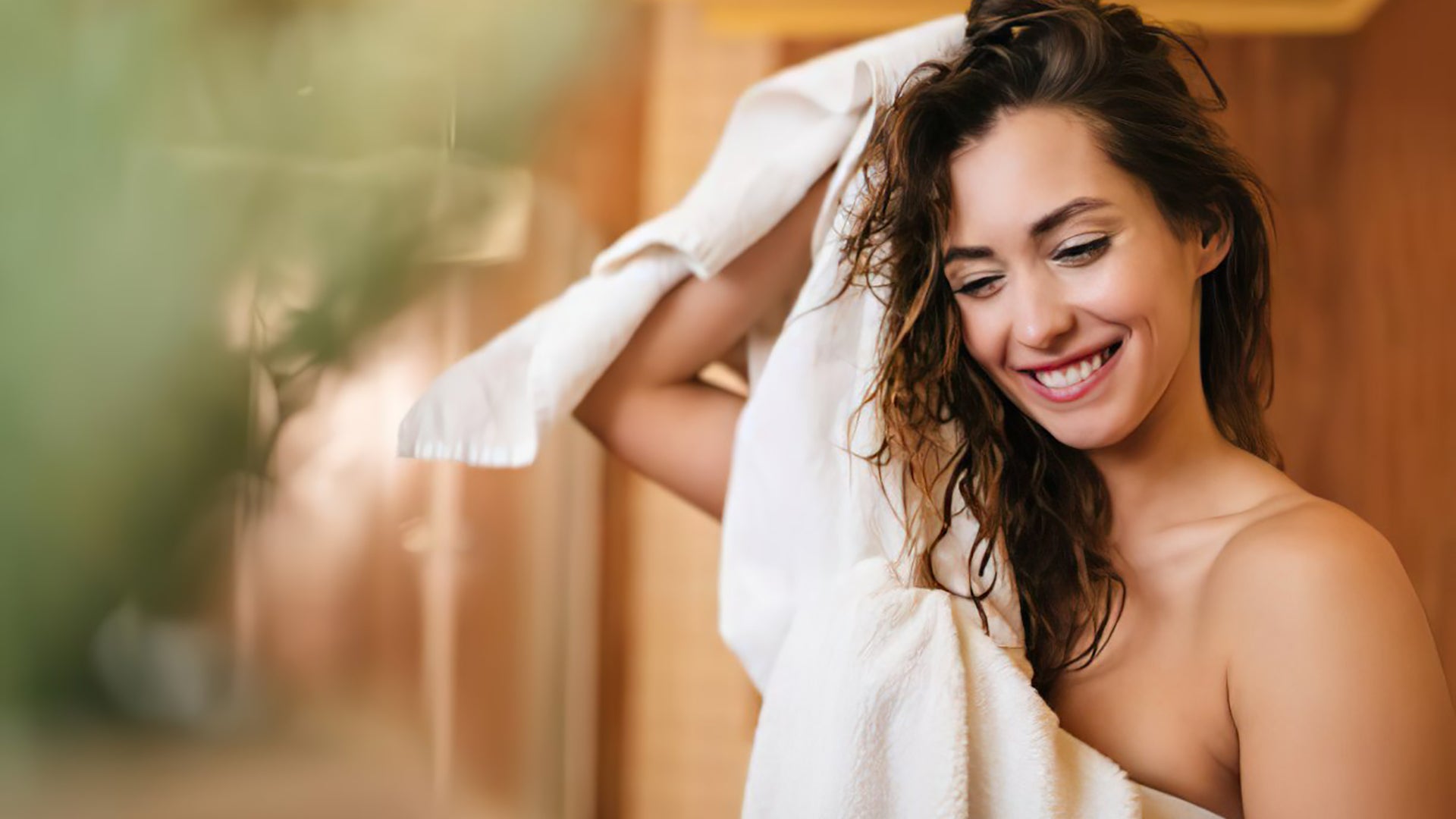
Can a Hair Dryer Kill Lice?
Posted by XSOOH on
The idea of blasting those pesky lice with a hot hair dryer might sound appealing.
After all, heat can kill many things, right?
But is it really that simple?
Understanding Lice
Lice are small, parasitic insects that infest human hair and feed on blood from the scalp. They lay eggs, known as nits, which cling to hair shafts and are notoriously difficult to remove.
Lice infestations cause itching and discomfort, prompting many to seek quick and effective treatments.
Traditional Lice Treatments
Most people use over-the-counter treatments to kill lice. These include shampoos and lotions that contain insecticides.
While effective, these treatments can be harsh on the scalp and may not work for everyone. Additionally, some lice have developed resistance to these insecticides.
Is heat an effective method for killing lice?
Yes. Several studies have explored the effectiveness of using hot air to kill lice.
One notable study by the University of Utah found that a hair dryer could kill 55% of lice and 98% of nits when used correctly.
However, this method requires a specific technique and consistent application to be effective.
Limitations and Precautions
While effective, using a hair dryer has limitations:
-
Time-Consuming: Requires daily treatment for best results.
-
Risk of Burns: High heat can cause burns if not used carefully.
-
Not 100% Effective: It may not kill all lice and nits.
Alternative Lice Treatments
Over-the-Counter Products
There are numerous over-the-counter shampoos and treatments designed to kill lice. These often contain insecticides like permethrin or pyrethrin.
Natural Remedies
Some natural remedies, such as tea tree oil, anise oil, and coconut oil, have shown some effectiveness against lice. However, their efficacy can vary.
Manual Removal
Combing out lice and nits with a fine-toothed lice comb is an essential part of treatment, regardless of the method used.
Conclusion
While a hair dryer can potentially kill lice by exposing them to high temperatures, it may not be the most effective or safest method.
The success of this treatment depends on the ability to maintain a consistent temperature and thoroughly treat all areas of the scalp and hair.
Given the risks of burns and hair damage, alternative treatments, including over-the-counter products and professional heat treatments, may offer better results with fewer risks.






































